15+ Best Cursive Fonts
Embrace the art of handwriting with our cursive fonts. These flowing scripts are perfect for invitations, stationery, or any design that requires a personal, handwritten touch. Bring elegance and warmth to your projects with these graceful fonts.
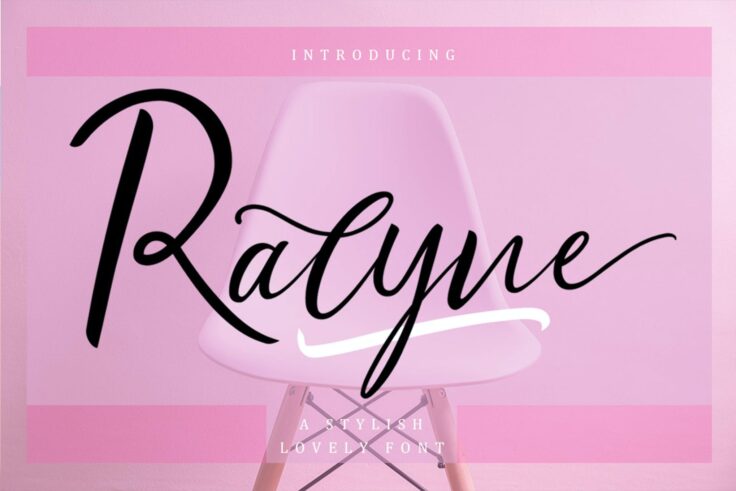
Ralyne Beautiful Cursive Typeface
Check out Ralyne, an adorable, pretty-looking cursive font that is sure to make you fall in love with it at first sight. It’s perfect for weddin...
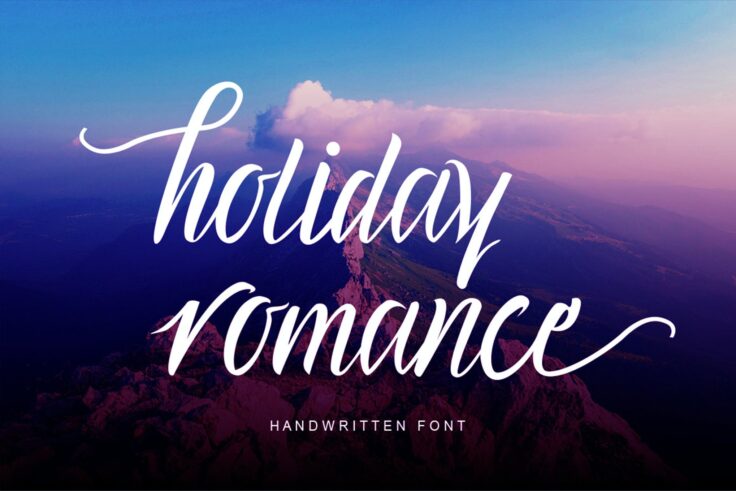
Holiday Romance Lovely Cursive Font
If you are looking for a typeface design that’s not just stunning, and elegant, but also fit right into virtually any branding requirement, Holi...
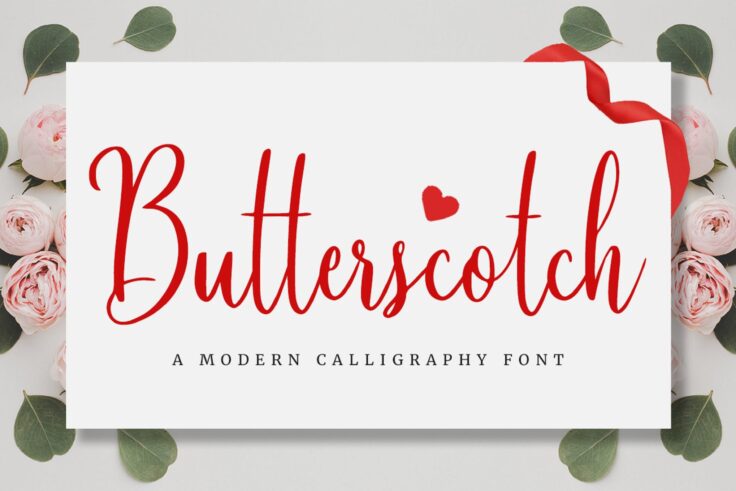
Butterscotch Adorable Cursive Typeface
Butterscotch is a fabulous font that will instantly draw your audience’s attention, and make your designs stand out from the competition. It com...
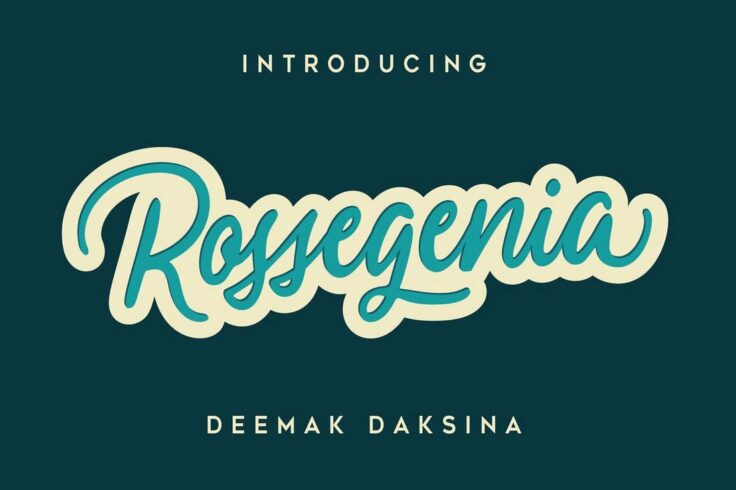
Rossegenia Cursive Script Font
This unique cursive font features a retro-themed design that makes it a more suitable option for crafting badges, logos, and signage for startups and ...
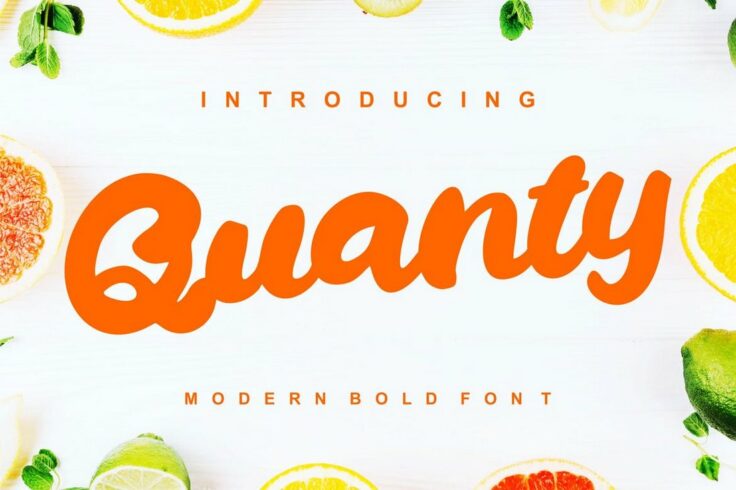
Quanty Modern Script Bold Font
Quanty is a modern and creative script font featuring a stylish cursive design. You can use this font to craft beautiful titles and headings for both ...
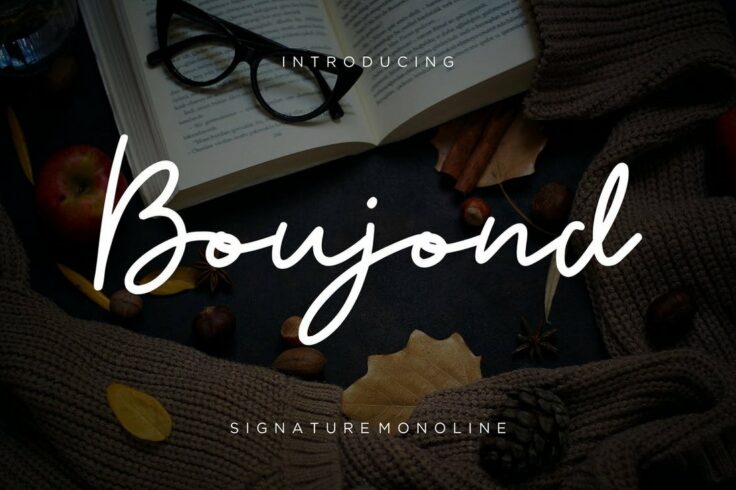
Boujond Signature Monoline Font
This beautiful monoline font is made for signature style designs. Its cursive flow of letters makes it most suitable for business cards and creative l...
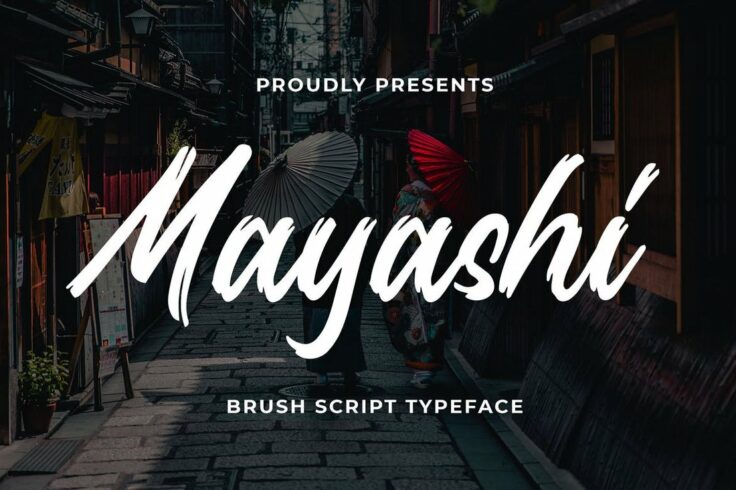
Mayashi Brush Script Typeface
Mayashi is a brush script font with a cursive design. This font comes with both uppercase and lowercase letters as well as punctuations and multilingu...
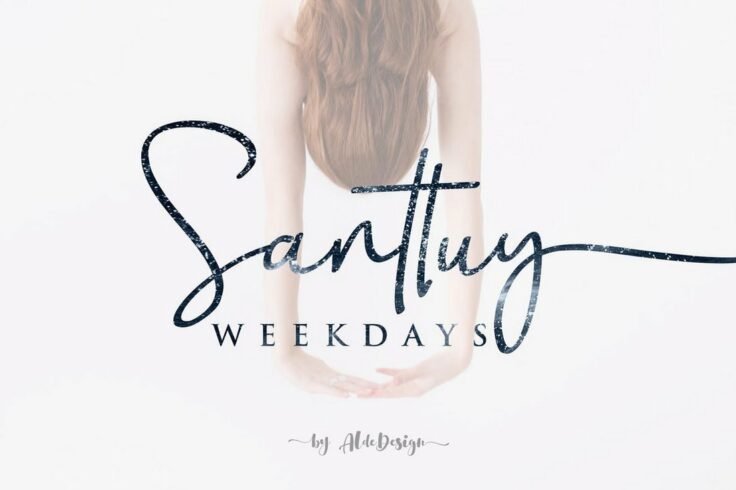
Weekdays Santtuy Creative Cursive Font
Weekdays is an elegant cursive font featuring a touch of feminine design. It’s most suitable for creating greeting cards, feminine brand logos, ...
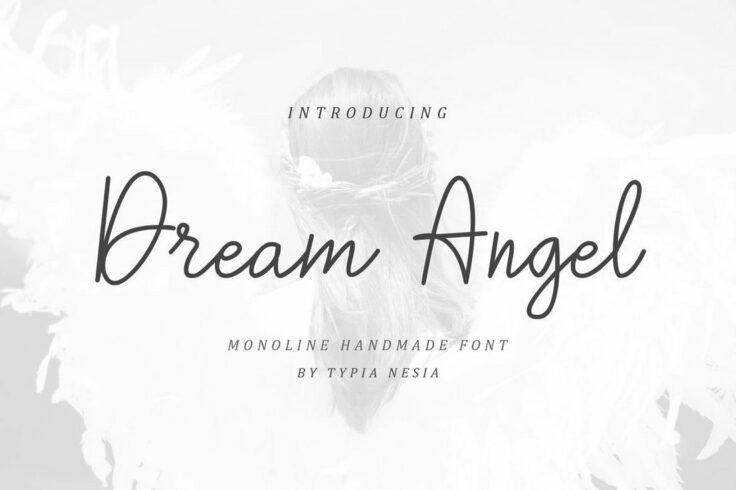
Dream Angle Monoline Handmade Font
A yet another creative monoline font featuring a handmade cursive design. This font is ideal for crafting logos and labels for corporate businesses an...
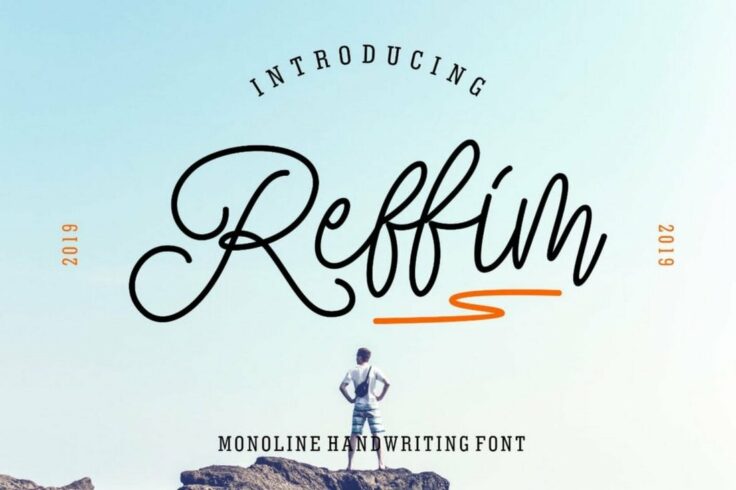
Reffim Monoline Handwriting Font
Reffim is a modern handwriting font with a stylish cursive design. This font is most suitable for designing modern badges, logos, and labels for vario...
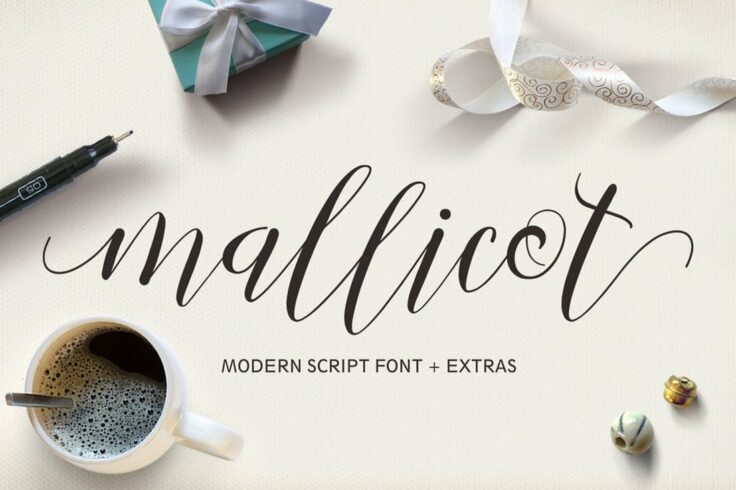
Mallicot Cursive Script Font
Mallicot is a creative script font with a natural cursive design which will make your text look as if they were written by hand. The font features a m...
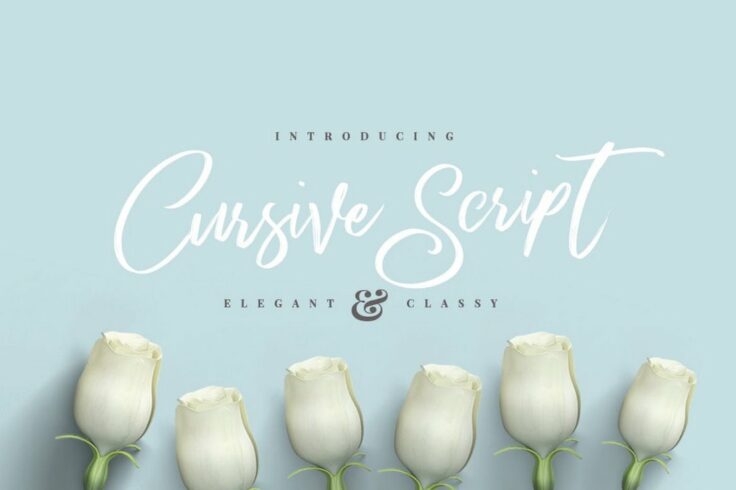
Elegant Cursive Brush Script Font
This elegant brush script font features a beautiful cursive design that makes it a great choice for crafting titles and headings for greeting cards. T...
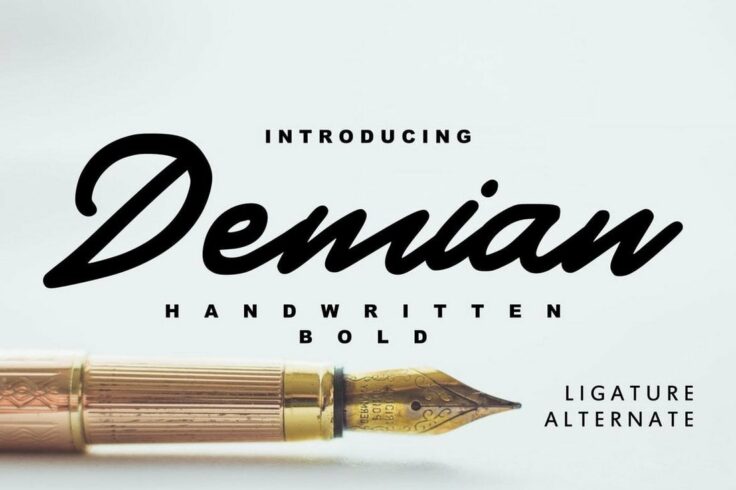
Demian Handwritten Bold Typeface
Demian is a creative handwritten font that also comes with a stylish cursive-like design. This font features a bold lettering design that’s idea...
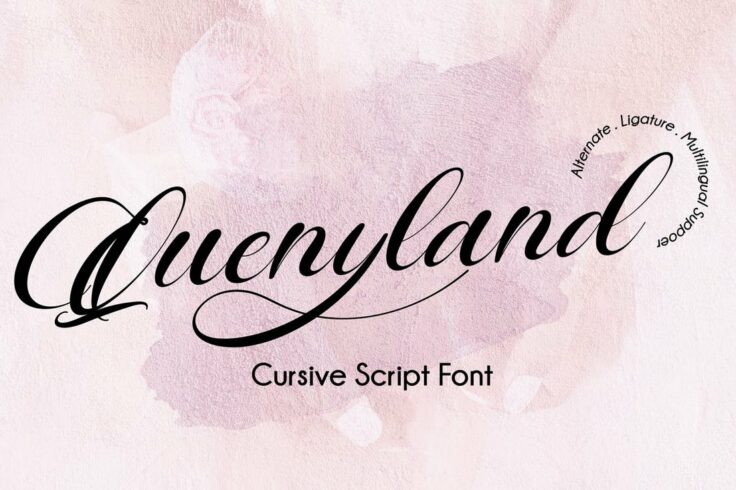
Quenyland Cursive Script Font
Quenyland is an elegant cursive font you can use to design beautiful invitations and signage. The font also comes with lots of stylistic sets, alterna...
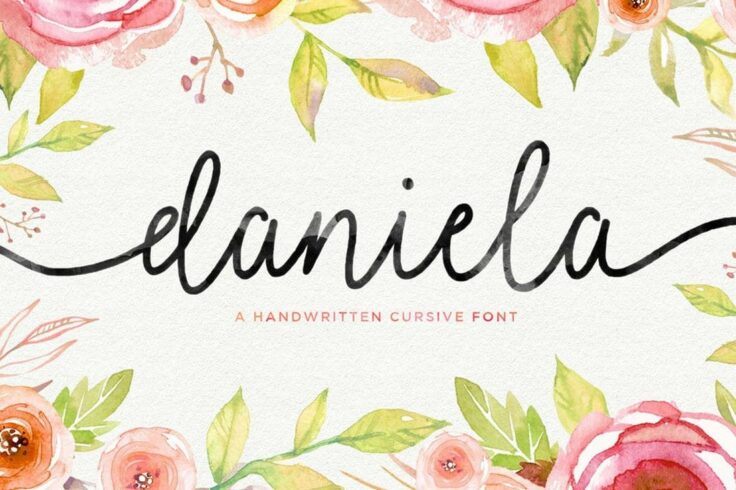
Daniela Script Cursive Font
Daniela is a beautiful cursive font featuring a casual and trendy design. It can be used with various designs ranging from greeting card designs to fe...
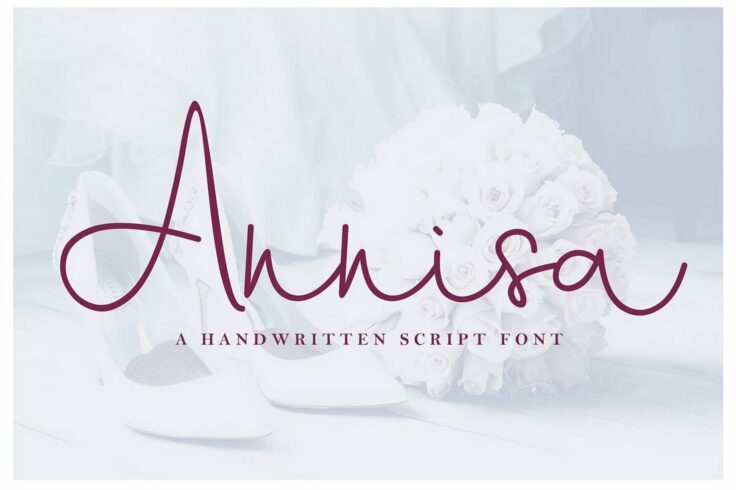
Annisa Handwritten Script Font
This modern handwritten script font has a unique cursive design that makes it much more attractive. The font is most suitable for designing luxury and...
FAQs About Cursive Fonts
What are Cursive Fonts?
Cursive fonts, also known as script fonts, are designed to mimic the fluid, connected strokes that are found in handwriting. They are often used to add an elegant and personal touch to a design.
The term "cursive" comes from the Latin word "cursivus," which means "flowing" or "running." This relates to the flowing movement that a person's hand makes when writing in cursive script. In addition to print and digital media, you might also see cursive fonts used in calligraphy.
When would I use a Cursive Font?
Cursive fonts are commonly used in settings that require a more formal, elegant, or personalized appearance. They are often used for wedding invitations, diplomas, certificates, logos, and headings. Cursive fonts can also be used in short quotes or phrases within a design to draw attention and create emphasis.
However, they are not generally used for large blocks of text, such as in body text or lengthy articles, as the complex and intertwined characters can be harder to read than simpler, non-cursive fonts.
Why are some Cursive Fonts difficult to read?
The readability of cursive fonts can vary widely. Some are designed to mimic handwriting and can be quite intricate, with elaborate loops and swoops, making them more difficult to read. These more complex cursive fonts are often used for aesthetic reasons in design, rather than readability.
Also, people may find cursive fonts hard to read due to a lack of familiarity. There has been a decline in the teaching of cursive handwriting in schools, so the younger generation may find it more challenging to read cursive fonts compared to older generations.
Can I use more than one Cursive Font in a project?
While it is technically possible to use more than one cursive font in a project, doing so can make your design look messy or inconsistent. Generally, it is recommended to stick with just one cursive font per project. This creates a uniform look and make sure your design looks professional.
If you want to create contrast or hierarchy in your text, consider combining a cursive font with a non-cursive font. For instance, you might use a cursive font for your headings and a non-cursive font for your body text.
How do I choose the right Cursive Font?
Choosing the right cursive font would depend on the nature and context of your project. Consider the sentiments you want to evoke. For instance, a font with a lot of fancy swirls and curls might be perfect for a wedding invitation, but probably wouldn't be suitable for a business letter.
You'll also want to consider readability. A good rule of thumb is to save the most intricate and difficult-to-read cursive fonts for shorter texts or design elements. For longer texts, opt for simpler, more legible cursive fonts.